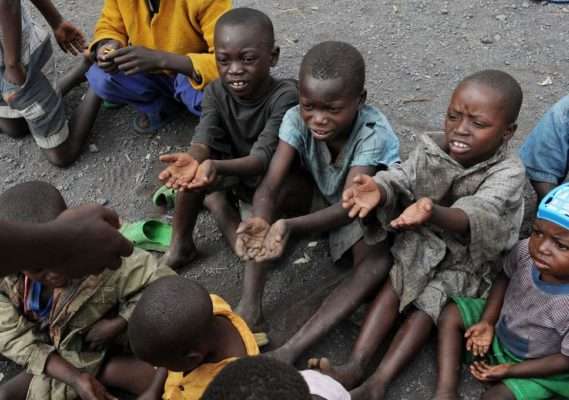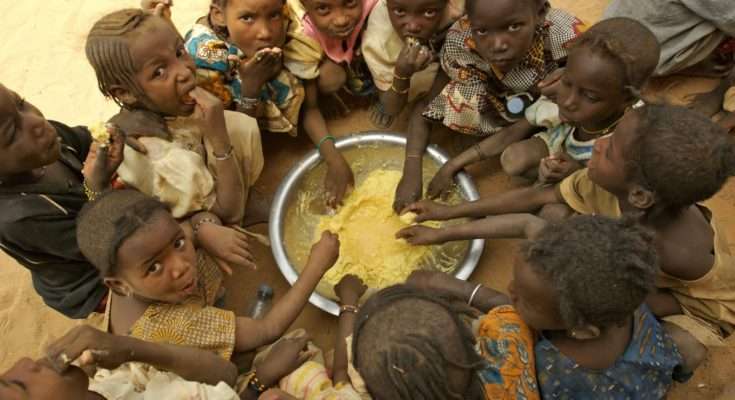The United Nations warns that global hunger is increasing and as a result, urgent action is needed to stave off famine and death over coming months in nearly two dozen unstable, violence-prone countries.
According to a report by the U.N. Food and Agriculture Organization (UN-FAO) and the World Food Program, more than a half-million people are experiencing catastrophic levels of acute food insecurity and over 41 million are at risk of famine.
Moreover, the report from World Food Program and Food and Agriculture Organisation focused particularly, on the serious situation in 23 so-called hunger hot spots. Meanwhile, most of these countries are in sub-Saharan Africa, with others in Central America, Asia and the Middle East.
Patrick Jacqueson, FAO officer in charge of the Geneva office, believes that acute hunger is set to increase in those countries over the next four months without urgent humanitarian assistance.
However, Mr Patrick Jacqueson blamed conflict and extreme weather conditions as the factors responsible for food shortage in the sub region.
“Conflict continues to be the primary driver for the largest share of people facing acute food insecurity. Closely associated with conflict are humanitarian access constraints, which remain significant, compounding food insecurity. Weather extremes and climate variability are likely to affect several parts of the world during the outlook period.”
Patrick Jacqueson
Meanwhile, the report noted that, dry conditions are likely to affect Haiti, Nigeria’s Middle Belt and the ‘Dry Corridor’ in Guatemala, while above-average rainfall and flooding are forecast in South Sudan, central and eastern Sahel, and Gulf of Guinea countries.
Additionally, the report highlighted the perilous situation in Ethiopia and Madagascar; the world’s newest highest-alert hunger hot spots.
Annalisa Conte, World Food Program, Geneva Office director observed that the aggravation of conflict in recent months is having a catastrophic impact on the food security of the Tigrayan population in Ethiopia. She warned that more than 400,000 people would face starvation if they did not receive sufficient humanitarian aid.
“If we move to Madagascar, Madagascar is experiencing the worst drought in 40 years. On top of that, their economy has declined, largely caused by COVID-19. As a result, 1.3 million people are currently facing the acute food insecurity.”
Annalisa Conte
In the intervening time, FAO and WFP said they are fighting blockades that cut off lifesaving aid to families on the verge of famine. They also identified lack of funding as the main factor hampering efforts to provide emergency food aid to millions of desperate people.

The agencies further noted that families who rely on humanitarian aid to survive were hanging by a thread. The organization also stated that most of those on the verge of famine in the 23 hot spots were farmers and must receive help to resume food production. That, they said, will allow them to feed themselves and become self-sufficient.
However, the hotspots identified in Africa are: Angola, Central Africa Republic, Central Sahel, Chad, DR Congo, Kenya, Madagascar, Mozambique, Sierra Leone, Somalia, Nigeria, Liberia and South Sudan.
Meanwhile, in the Middle East, the identified spots are: Afghanistan, Lebanon, Syrian Arab Republic, Yemen. In South America, they are: El Salvador, Honduras, Guatemala, and Colombia. In Asia; Myanmmar, Carribean – Haiti.
It can be recalled that, according to the Global Report on food crises in 2020, 155 million people faced acute food insecurity at crisis or worse levels in 55 countries.
READ ALSO: Nigeria’s PMI hits 18-month high in July, amid strong demand conditions





















